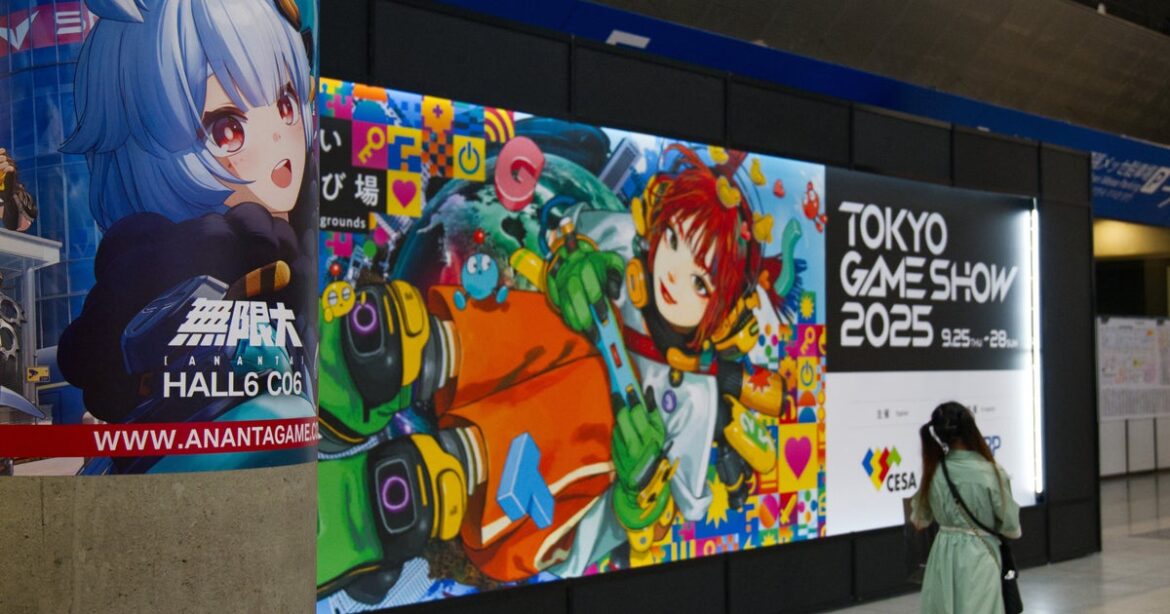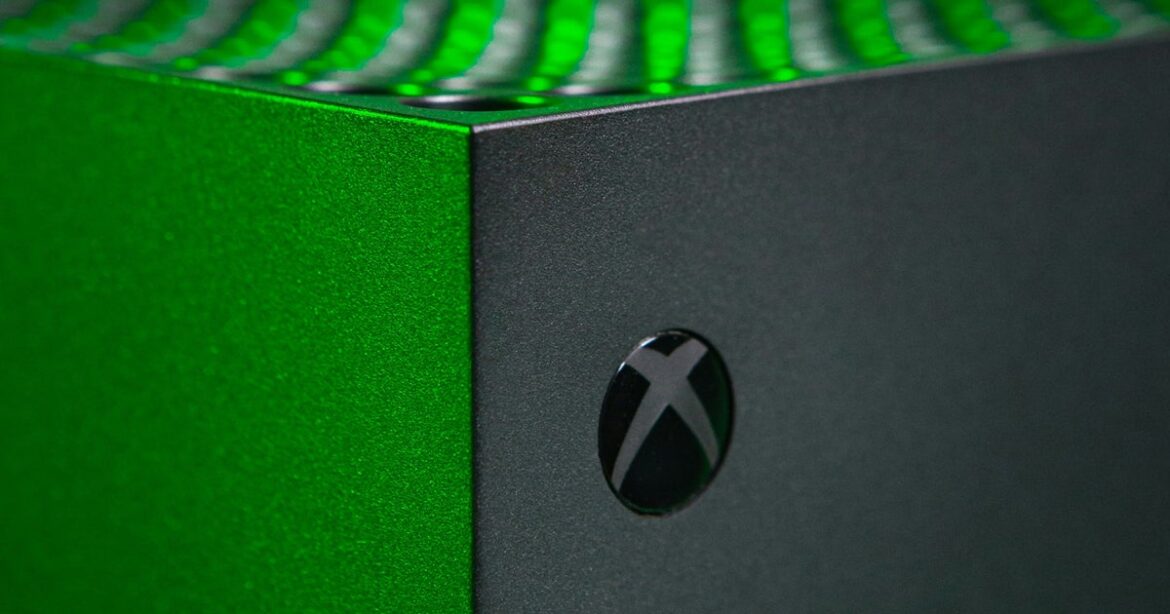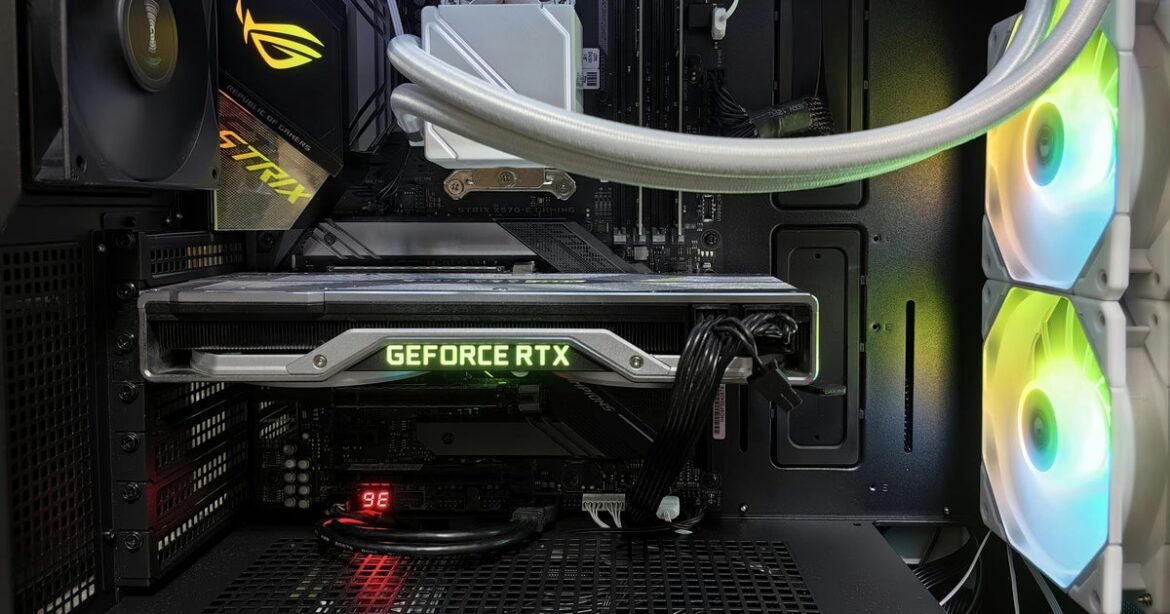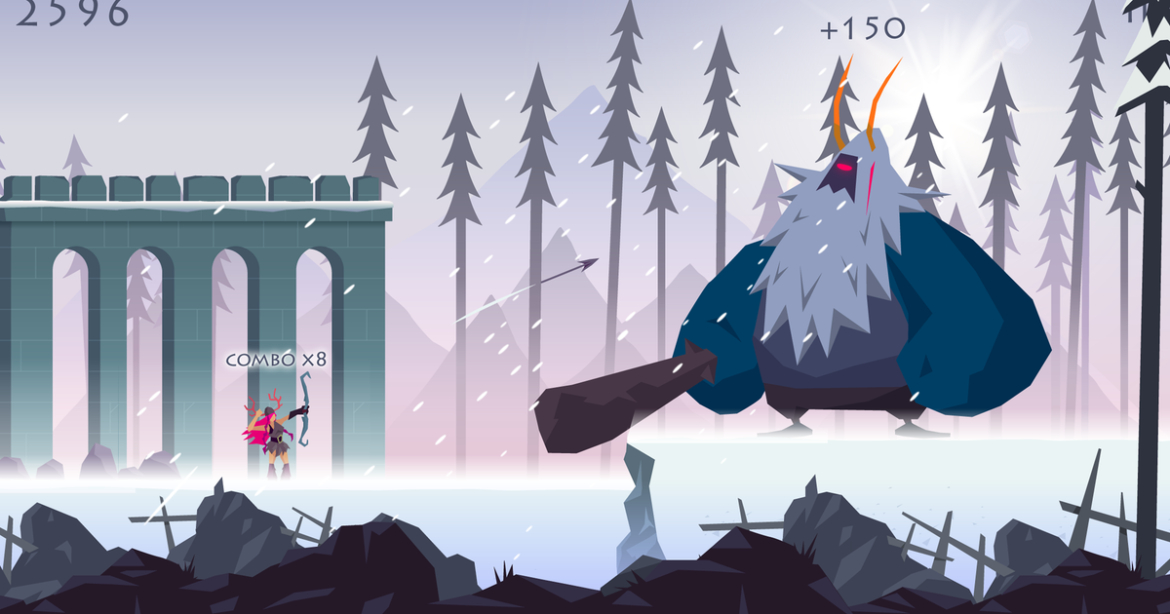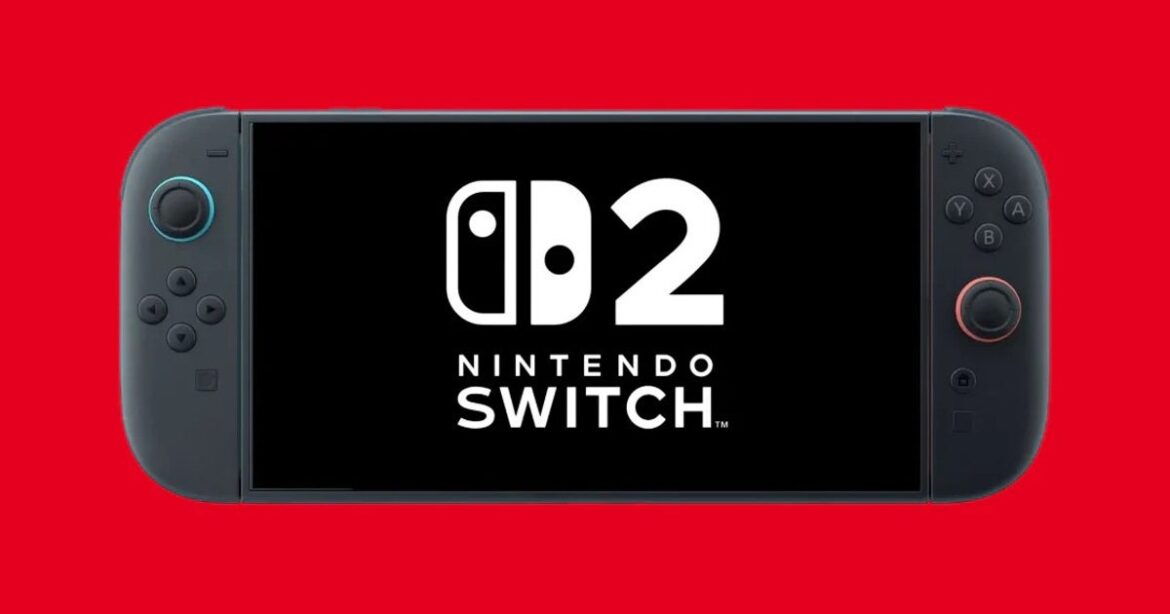Although Japanese games are finding increasing presence in the global gaming marketplace, something felt off when visiting Makuhari Messe for this year’s Tokyo Game Show (TGS).
Many of the big companies in Japanese console and PC gaming held relatively light showcases, limited to already released titles or games set to release within the coming weeks and months.
Sega’s biggest games on display were Sonic Racing: Crossworlds, which was released on day one of TGS, and Like a Dragon 3: Kiwami, the newly announced remake of the early PS3 title. Konami had the Japan-only latest entry in the Momotaru Densetsu series, a sequel to the best-selling third-party title in Japan and set for release in just six weeks’ time, along with Silent Hill f, another title that had already been released by the time the show kicked off.
Silent Hill f | Image credit: Konami
Level-5 were present at the event to showcase Inazuma Eleven: Victory Road and Professor Layton and the New World of Steam, set for release in November and 2026, respectively. But the company had already showcased these two games at last year’s event, where Level-5 also had Fantasy Life i on show. Other titles on their slate – such as Decapolice, showcased with a public demo at TGS in 2023 but delayed to 2026 to address feedback – were nowhere to be seen.
Similar summaries can be given for Sony, Square Enix, and Bandai Namco: the latter’s showcase was limited to new entries releasing this autumn in the Digimon, Little Nightmares, and Katamari series.
Rather than offering a glimpse into the future of next year or beyond, the show felt absent of anything exciting for those playing on console or PC. Indeed, aside from Capcom – whose booth was by far the most popular as it shared the first domestic glance of their 2026 lineup, including Resident Evil: Requiem (with a global-debut preview of the Switch 2 version) and Pragmata – Japanese publishers and developers were not the draw for many fans attending TGS.
Why were Japanese developers lacking in new titles, and what was capturing the imagination of fans instead? To understand that, it may be worth first leaving the showfloor and looking elsewhere.
Akihabara may have lost some of its lustre as Japan’s otaku capital on the cutting-edge of Japanese anime and gaming culture, but it’s still a strong indicator of what hardcore audiences of these mediums are engaging with most. Visit the city recently, however, and you’ll notice something has changed. Billboards that were once plastered with promotions for major upcoming anime and games are near-permanently rotated between an array of promotions for in-game events for ongoing free-to-play titles from East Asian studios based outside Japan, like Genshin Impact.
Animate Akihabara, Japan’s biggest anime retailer, currently promotes the Nikke collaboration with Resident Evil at its entrance. The central exit of Akihabara Station has even been renamed after Yostar, the Shanghai-based developer and publisher of Azur Lane and Blue Archive.
While the mobile free-to-play boom of the 2010s may have reached its apex with a strong recovery of traditional gaming propelled by the Nintendo Switch, that’s not to say these games don’t remain a dominant part of the Japanese gaming landscape. In-app purchases for mobile games reached $11 billion in 2024 according to Sensor Tower, and considering the growing trend of these free-to-play titles finding an audience on console and PC alongside the minimal appetite for premium titles, it’s likely the true spend on free-to-play games in Japan is higher than these reported numbers.
What differentiates the free-to-play market today in Japan compared with ten or even five years ago is how much more difficult it is to launch a successful new title against established favourites in the sector. Without brand recognition at the developer or IP level, you need to do something to get your game in front of as many people willing to spend money as possible.
Anything that can help a title to stand out and increase brand awareness can make a difference, and TGS is a high-profile way to make an impression. That said, it’s a risk – while a 3m x 3m booth can cost as little as 385,000 yen, a large-scale booth can cost millions of yen before staffing and construction.
In a preview of the 2025 CESA Video Game Industry Report handed to the press attending TGS, one thing stood out: while the Japanese games industry did grow by 3.4% last year to 2,396 billion yen, this growth can mostly be attributed to the mobile gaming market. Indeed, the console market has shrunk from 395 billion yen to 383 billion yen since 2020. The market for non-mobile gaming has only grown overall in this period thanks to the more than 100% growth in the PC market, from 122 billion yen to 265 billion yen in the same period.
For every demographic between 5 and 60 years old, mobile player counts among Japanese players either remain in line with players on console or, for those aged 15 years or older, exceed it.
While the most common primary or secondary platform for console or mobile players is Nintendo Switch, even the Nintendo DS and 3DS era of consoles is more popular than both the PS4 and, below that, PS5 in the eyes of the general population, where much of the high-budget headline-grabbing major games are being developed. With a PS5 costing 80,000 yen, compared with the 50,000 yen for a Switch 2, it’s simply too pricey for many players (something that’s also a factor in terms of the player base for the console skewing older).
The big money is in mobile gaming, and getting even a small slice of that pie can lead to big returns. The risk is worth taking.
Every year at TGS, alongside the typical line-up of major Japanese publishers and select international partners, a few free-to-play titles take to the show floor. By spending big on a flashy booth with even flashier female models handing out fliers and freebies, they hope to generate word of mouth on their upcoming or already launched free-to-play games. This year, it felt overwhelming seeing how many of these booths littered the show floor, and to what extreme lengths they would go to provoke attention from the hordes of players attending the event.
Lots of the buzz on the show floor centred around Ananta
They filled the void left by a lack of eye-catching games to command long lines from major studios. Instead, in terms of already released titles, fans flocked to booths for Love and Deepspace, Infinity Nikki, Nikke, and more in order to take photos with their favourite characters, snag exclusive merchandise, and interact with other fans. Among the unreleased games vying for the attention and anticipation of attending fans, lots of the buzz on the show floor centred around Ananta, the new free-to-play open-world action game developed by Naked Rain and published by NetEase, targeting PC, PS5, and mobile.
The game consistently enjoyed long lines throughout the event, with large backpacks designed after the game’s main character ever present on the show floor throughout. While online reactions have noted the game’s many similarities to the likes of Insomniac’s Spider-Man titles, Like a Dragon, Uncharted, Grand Theft Auto, and more, reaction from those playing the demo was relatively positive. For all that it aped these popular games from other studios (personally, I felt it also wasn’t fully able to mesh these ideas or refine them enough to be enjoyable in their own right or feel cohesive in the same project), many relished the idea of enjoying these mechanics within a more appealing anime aesthetic tailored to the Asian and Japanese markets.
Among the other free-to-play games enjoying long lines at the show were Smilegate’s Miresi: Invisible Future and another NetEase title, Sword of Justice.
Players at Tokyo Game Show 2025 | Image credit: Alicia Haddick
There are other reasons these games are once again growing in the post-COVID Japanese market, years after the initial mobile boom came to an end. Though the huge player numbers and overall market spend are eye-catching figures for studio executives, the spend per user on mobile games is significantly lower than those who are primarily console or PC players. High revenue is offset by high spenders, a point emphasized by a recent survey noting 18.8% of respondents admitted prioritizing gacha spending over essentials including rent.
While Japanese players are more willing to spend money on free-to-play games – Sensor Tower research noted that although 80% of Japanese mobile game downloads came from overseas, revenue for these titles came 70% from domestic players – there remains a significant portion of the Japanese player base for these games that engages with these titles without spending anything.
With the trend for more high-budget free-to-play titles, like Hoyoverse’s Genshin Impact and Honkai: Star Rail alongside many of the titles on display at this year’s TGS, these games offer cash-strapped players a chance to still enjoy high-budget, flashy action and graphics without needing to buy a new device beyond the essential phone they already own, at a time where many Japanese people are cash-strapped in economically strained times.
Some who choose against in-game spending will instead spend money on merchandise
After decades of relative price and wage stagnation, inflation without similar increases in the average wage (the cost of rice has increased by 100% in just 12 months to above 4,000 yen for a 5 kg bag) has left many Japanese people struggling to spend money on luxuries such as gaming. Coupled with the fact that the most successful free-to-play games enjoy a vast multimedia empire peppered with pop-up stores and merchandising, cafe collaborations, and more, these games offer a chance for players to embrace not just a game, but a lifestyle.
Some who choose against in-game spending will instead spend money on merchandise centring their favourite characters, allowing people to show off their hobbies to friends without the initial high cost of entry. They can meet and participate in in-person activities that merge their hobbies with socializing. It’s luxury on a budget – a chance to go out eating and do fun events with friends, without sacrificing other hobbies in order to do so.
In such a market, the key to success comes in encouraging the most intense players to part with their money, something that translates to more extreme public showcases. Sex sells, and in a flashback to the 2000s, a number of sexually demeaning booths sought to attract the eyes of hardcore players with raunchy displays and fan service.
Nikke’s booth, for the second year running, offered a “human gacha,” where players could simulate the roll for new characters in-game by pressing a button to reveal suggestive cosplayers in boxes reminiscent of the in-game character reward screen.
Nikke’s booth at Tokyo Game Show 2025 | Image credit: Alicia Haddick
Miresi: Invisible Future – found on the show floor directly next to the family-friendly offerings of Sonic proudly showcasing its Minecraft collaboration – grabbed attention by showcasing “the artistic vision of AD Kim Hyung-seop (Hyulla)” on a 5.5 metre LED cube. This mostly resulted in the rather scantily clad main character’s butt and chest jiggling endlessly and unavoidably for all to see.
It felt demeaning, but if these can attract the players who will spend the excesses of money needed to pull these characters in-game and keep the game afloat, this will be viewed as a success regardless.
In an attempt to earn maximum money and cut budgets in a time when game spending is tight, it should be no surprise that the same 2025 games industry report found that 51% of Japanese developers stated they are embracing generative AI in development. Indeed, there was a full pavilion on the TGS show floor dedicated to the technology: a pavilion that pushed the actual artistic output of a curated selection of indie games away from the main show floor and into the corridors above the convention floor itself, demeaning it to a sideshow outside the view of most attendees.
The rise of AI, the exploitative nature of the manner in which these free-to-play titles were being showcased, alongside the lack of major titles from Japanese publishers and developers, made this an uncomfortable TGS to visit on both business and public days.
It’s no secret that as the industry undergoes a post-COVID realignment of expectations, companies are slashing budgets and cancelling games. While firms like Square Enix are publicly acknowledging the fact they are adjusting their approach to games development and cancelling titles, the true scale of cancellations is likely to be far larger, with many titles that have never been publicly announced getting the chop.
It’s hard not to view TGS in 2025 as representing the anxieties of the industry and its players
Layoffs in Japan are not as prevalent as has been seen internationally (in part due to local labour laws), thus helping studios to retain institutional knowledge that is being lost elsewhere. But many developers I’ve spoken to acknowledge that they are choosing not to renew the contracts of temporary workers instead of letting full-time employees go.
However, it would be naive to pin this year’s shift in balance on a temporary course correction rather than a decade-long trend of economic uncertainty, which has forced players to reconsider their spend on new games and instead find experiences within the rising free-to-play market. Far from needing a full trade show to expose it, the popularity of free-to-play mobile titles has been easy to spot online and by glancing at the phones of people playing on the train. To ignore this trend would be to ignore the more existential concerns facing the future of gaming both inside and outside Japan.
While respect for Japanese games and media is growing, it’s hard not to view TGS in 2025 as representing the anxieties of the industry and its players, rather than its virtues. The worries of developers about budgets and the need to scale back, the worries of players about how to afford new consoles and games, and how to keep enjoying a hobby they love. Solving these issues will require economic intervention that goes far beyond gaming.
In the meantime, how will the games industry adjust to this financial and social realignment? I’m not sure TGS 2025 had the answers, but it sure staked a claim at the future.

